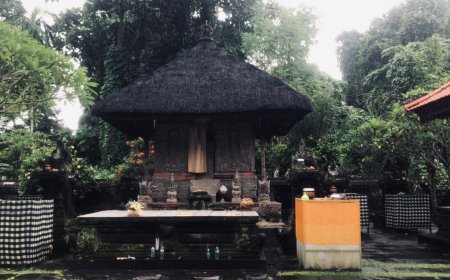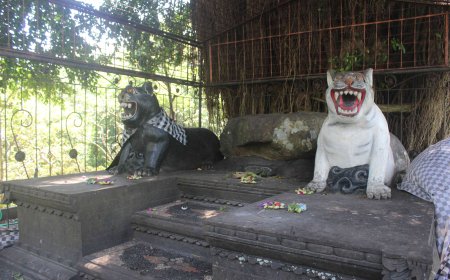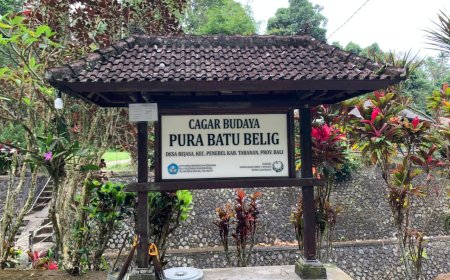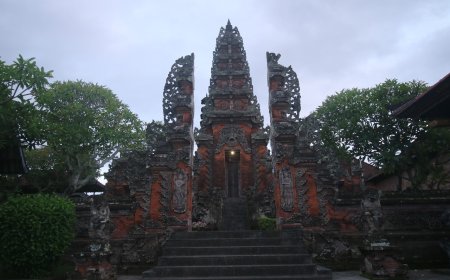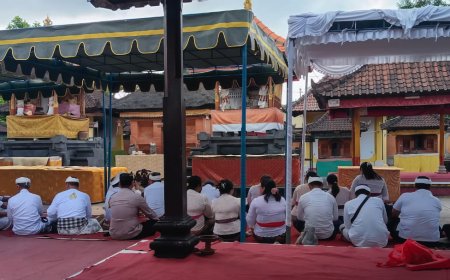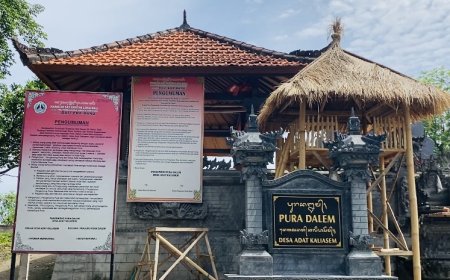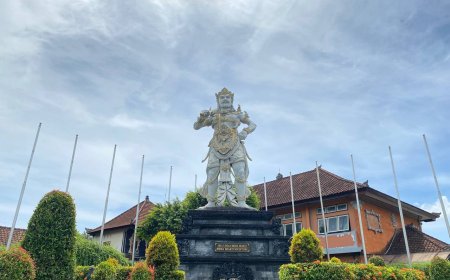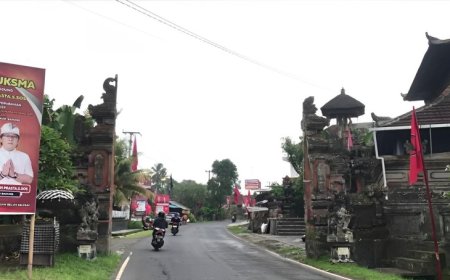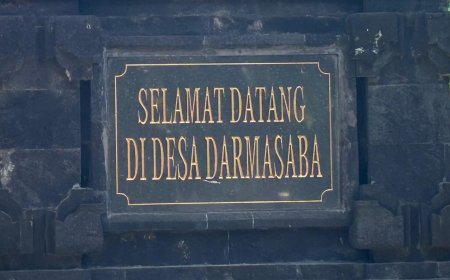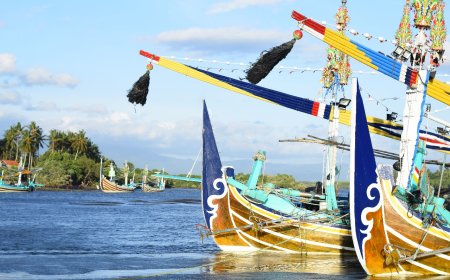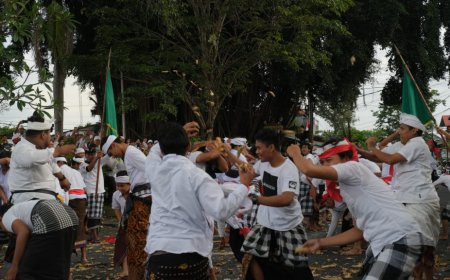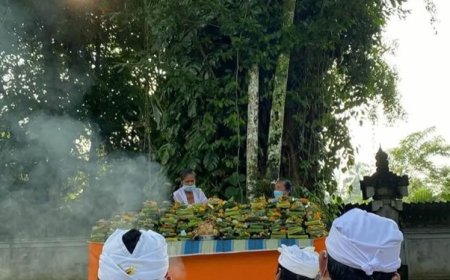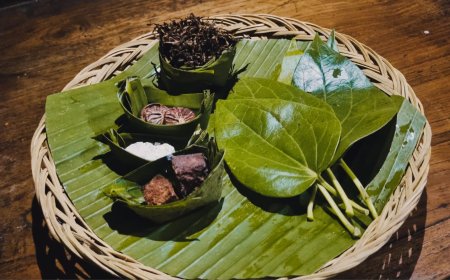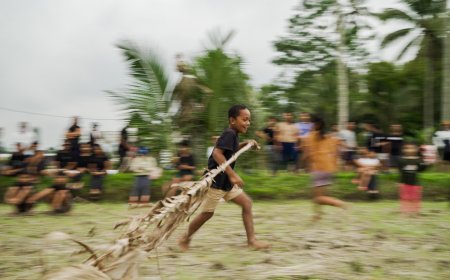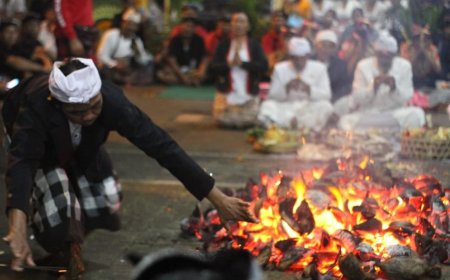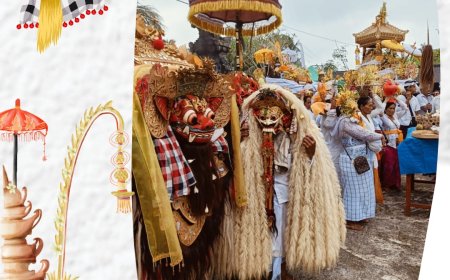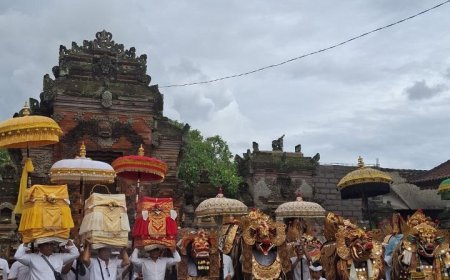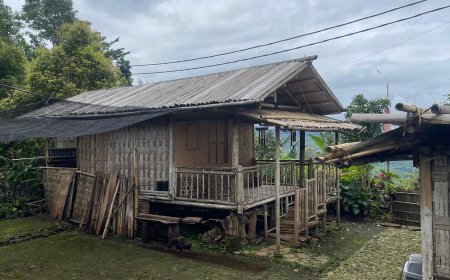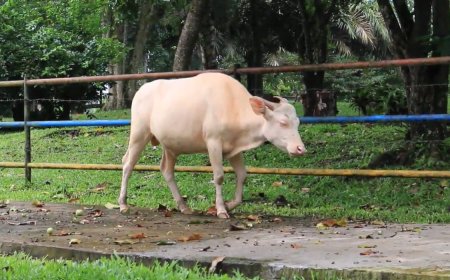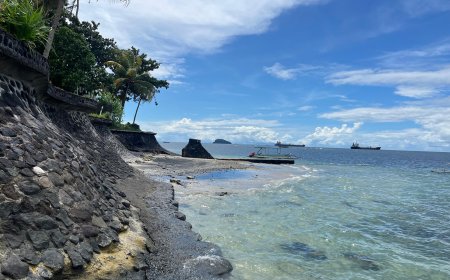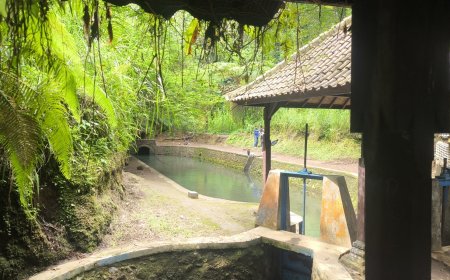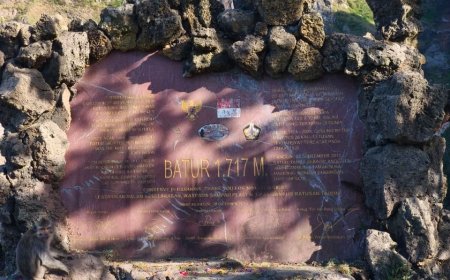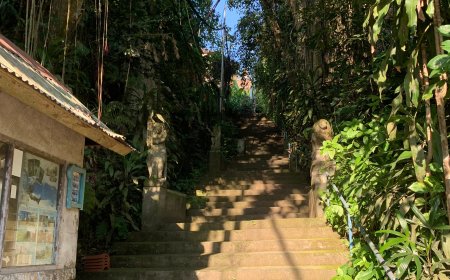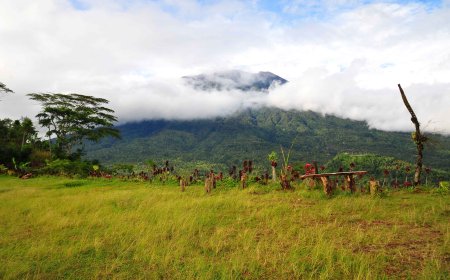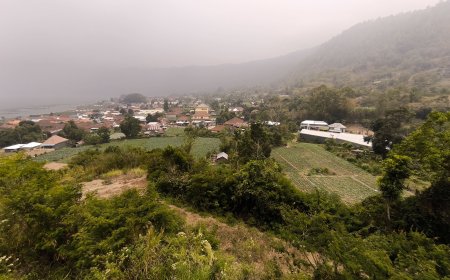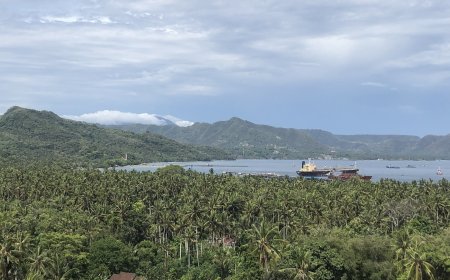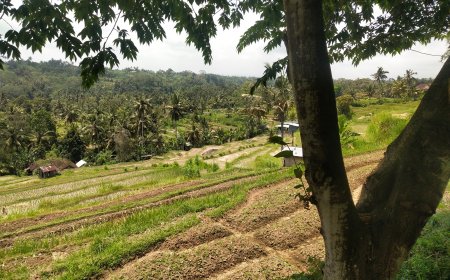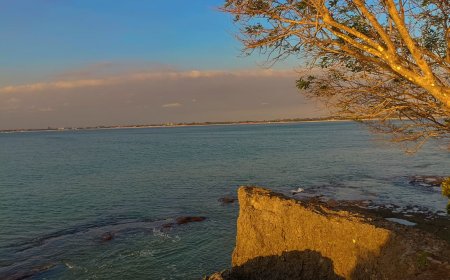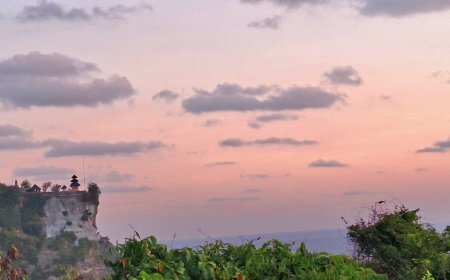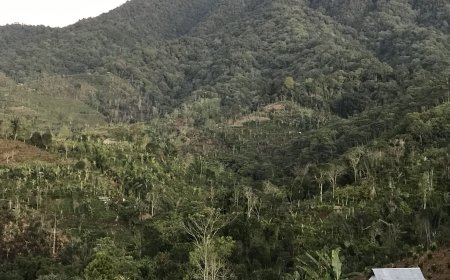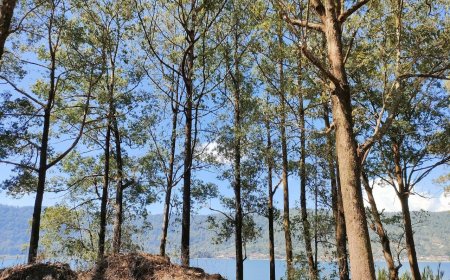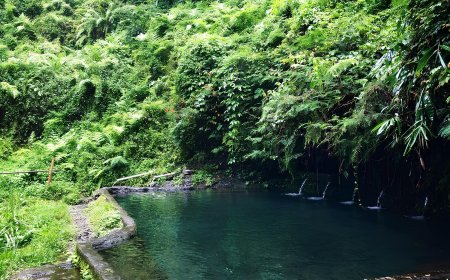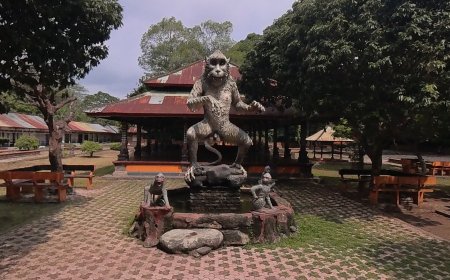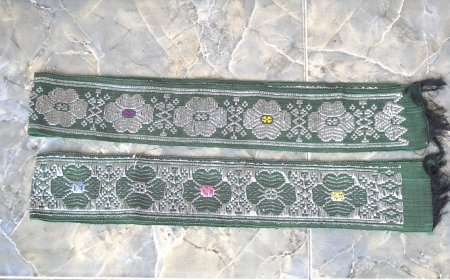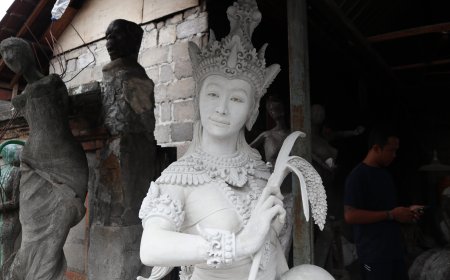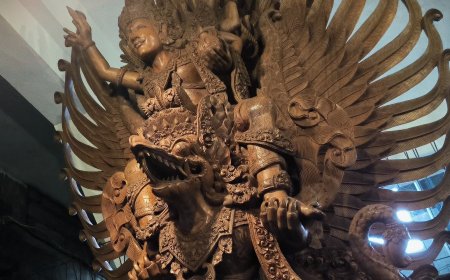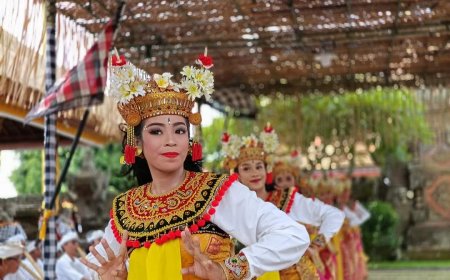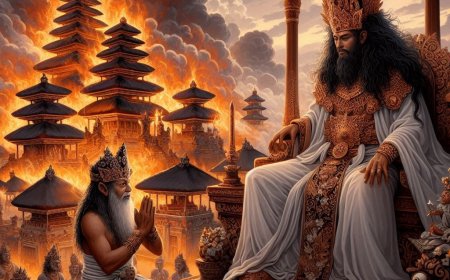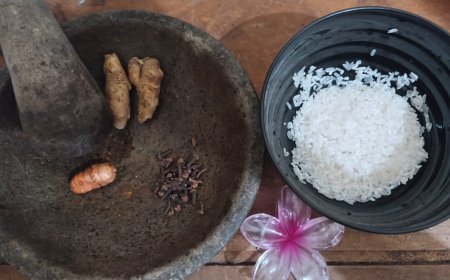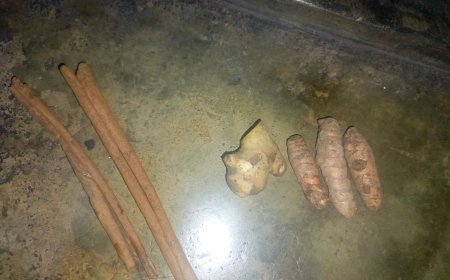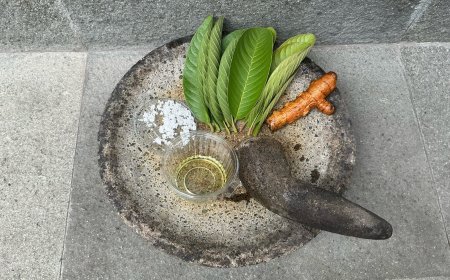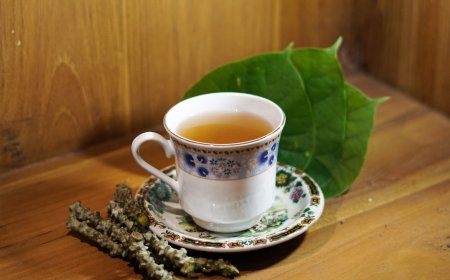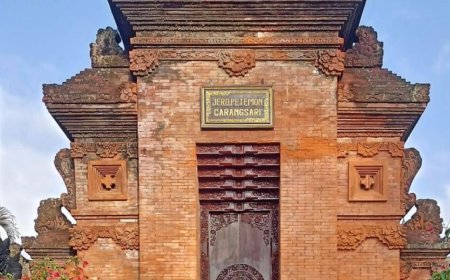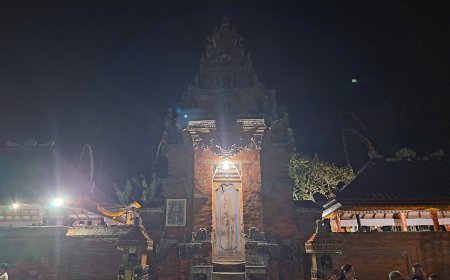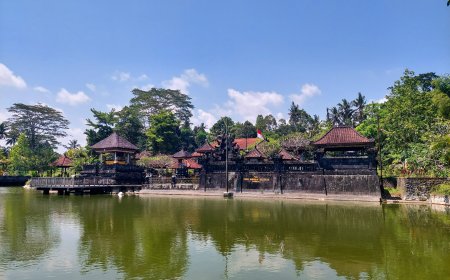The Symbol of Peace and Courage: The Story of Pura Penataran Gusti Gede Pering Jelantik
Amid the vibrant culture of Bali, Pura Penataran Gusti Gede Pering Jelantik stands majestically as an invaluable heritage. This temple is not only a place of worship for ancestors and deities but also holds a profound historical narrative. Built in the 17th century, it symbolizes peace and unity from the past. Let us delve into the historical journey and noble values embedded within it.
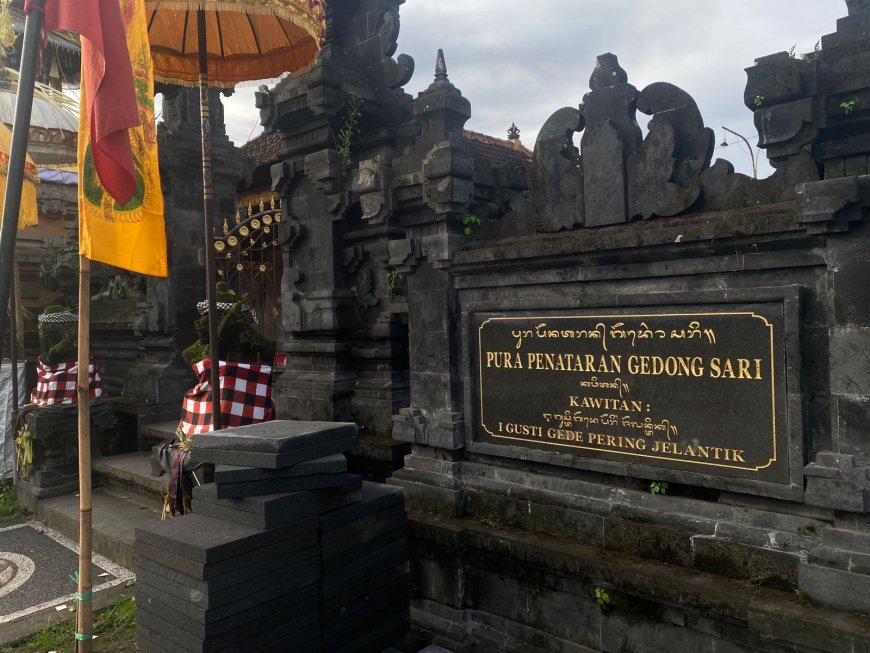
The island of Bali, aside from being known as a tourist destination, holds a wealth of cultural treasures imbued with deep meaning. One of these cultural legacies is Pura Penataran Gusti Gede Pering Jelantik, a historic temple that has stood since the 17th century in Pering Village, Blahbatuh District, Gianyar Regency. The temple was founded by Gusti Gede Pering Jelantik, a Balinese nobleman known for his wisdom and visionary leadership. Historically, the temple was built based on pawisik, or spiritual guidance, received by Gusti Gede Pering Jelantik through meditation. This guidance directed him to construct the temple as a place of worship for ancestors and the deities who safeguard Bali’s lands, as well as a symbol of peace during times of unrest.
The construction of the temple involved the local community in a spirit of collaboration (gotong royong). The materials used were sourced from local resources, reflecting the Balinese people's close relationship with nature. The temple's architecture consists of three main sections: Nista Mandala, Madya Mandala, and Utama Mandala. Nista Mandala, the outermost area, serves as the preparation zone before entering the temple. It features structures such as the bale kulkul (a traditional Balinese bell tower), offerings storage, and candi bentar (a split gate characteristic of Balinese architecture). This area often serves as a gathering place for the community before ceremonies begin.
The Gate of Pura Penataran Gusti Gede Pering Jelantik (Source: Personal Collection)
Madya Mandala, the central area, is where ceremonies and other religious activities take place. Key structures in Madya Mandala include the bale gong (a pavilion for gamelan performances during ceremonies), bale pesandekan (a rest area or preparation space for offerings), and bale perantenan (a dedicated area for preparing offerings and ritual items). This section becomes the hub of activity during traditional ceremonies, where the community and temple priests assemble.The Utama Mandala, the innermost and holiest area of the temple, contains several important structures, including Para Menak, Sedahan Pengenter, Taksu, Catu Meres, Catu Mujung, Meru Tumpang 3, Padmasana, Gedong Sari, Gedong Bata, Menjangan Seluang, Ratu Ngurah, Ratu Ngurah Alit, and Pepelik. This area is reserved for priests or those with special permissions to enter, reflecting its sacred nature.
As the central figure behind the temple's establishment, Gusti Gede Pering Jelantik is remembered as a leader who brought peace to his region. At the time, the area he governed was often plagued by inter-village conflicts over resources like irrigation water, territorial boundaries, and differing interpretations of customs. Gusti Gede Pering Jelantik, with his wisdom and spirituality, utilized two sacred weapons in his quest for peace. The first was a kris (ceremonial dagger) called I Sidi Suara, which had the power to grant invulnerability or kanuragan (physical strength). The second was a spear called I Baru Alis, believed to possess desti (black magic) to handle critical situations. Through his spiritual abilities and diplomatic strategies, Gusti Gede Pering Jelantik successfully unified his community.
To celebrate the achieved peace, he organized a grand ceremony that involved all social groups, disregarding caste or social status. This tradition became a symbol of unity and has been preserved to this day. Beyond its historical significance, the temple also holds many mystical tales. Locals believe that the blessings of Gusti Gede Pering Jelantik can still be felt today. The temple is often regarded as a sacred place where sincere prayers are answered, and visitors frequently report profound spiritual experiences during their worship.
Today, Pura Penataran Gusti Gede Pering Jelantik serves as the center of various traditional ceremonies, such as piodalan, held every six months, pewintenan, marking changes in temple leadership, and ngenteg linggih, a purification ceremony. The temple also plays a vital role in preserving Balinese art and culture, including traditional dance performances that strengthen cultural values. Efforts to preserve the temple are carried out by the local community in collaboration with the government, which has designated it as a cultural heritage site.
As a cultural legacy, Pura Penataran Gusti Gede Pering Jelantik is not just a place of worship but also a symbol of the historical journey and local wisdom of the Balinese people. Its presence reminds us of the importance of maintaining harmony between humanity, nature, and spirituality. By preserving this temple, we not only honor our ancestors but also ensure that the noble values it represents continue to live on for future generations.
